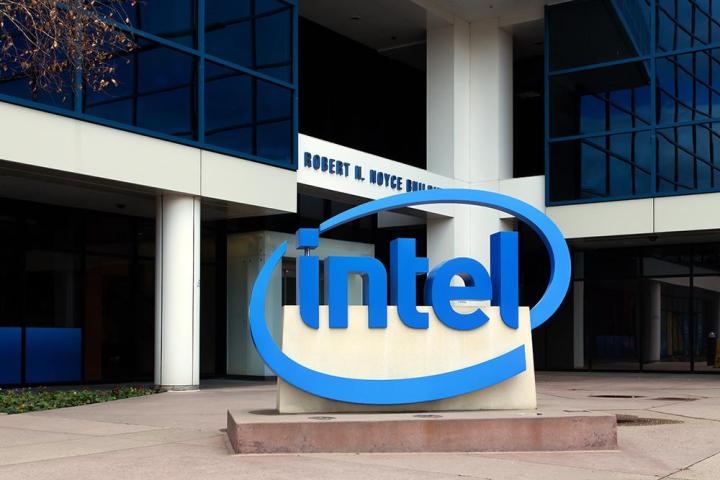
“Our memory business finished the year with record quarterly revenue while full-year revenue was down by one percent. This was an investment year for the memory business,” he said. “We are now shipping 3D NAND from our FAB 68, and we just qualified our first 3D XPoint-based Optane SSDs, which are expected to ship for revenue in the first quarter. And our 3D XPoint memory DIMMs are sampled to data center customers.”
3D XPoint is a new class of non-volatile memory, meaning this type of memory holds onto data when devices are shut down whereas volatile memory doesn’t. Non-volatile memory is typically used in solid-state drives and USB sticks (NAND) whereas volatile memory is typically used in system memory sticks (DRAM). However, Intel is using its 3D XPoint technology in SSD and memory stick (DIMM) form factors.
Intel’s 3D XPoint is supposedly faster than standard flash-based NAND technology but slower than DRAM. It’s not supposed to replace DDR4 system memory sticks, but speed up data access without compromising the system’s storage capacity. In other words, if a server has Optane-based sticks installed, it has the speed of an SSD and the capacity of a hard drive.
The first Optane-based SSDs produced by Intel were shown during CES 2017 in early January. They were M.2-class products, meaning they are stick sized and slip into a special slot on the motherboard, or can be mounted onto a special PCI Express card and connected to the motherboard like a graphics card. The units on display had 16GB and 32GB capacities.
These two units expand on the hybrid storage design. Currently, there are storage products on the market that cram NAND memory into hard drives to speed up the flow of data to and from the hybrid drive. However, Intel’s solution means customers aren’t required to rip out their current hard drive to get the benefits of a hybrid drive but to just install one of these Optane SSDs instead.
The idea behind the hybrid storage setup is to place the most used files on the faster non-volatile storage memory and all other data on the slower, magnetic spinning discs (platters). This will increase the speed of the system from boot because the mechanical parts typically are not accessed to load the necessary data.
Systems with Intel’s seventh-generation Kaby Lake Core processors and its family of Xeon E3 v6 processors will be compatible with Intel’s Optane products. Optane will be installed in pre-built systems and sold as stand-alone products for motherboards and other products listed as “Optane ready” in the second quarter of 2017.


